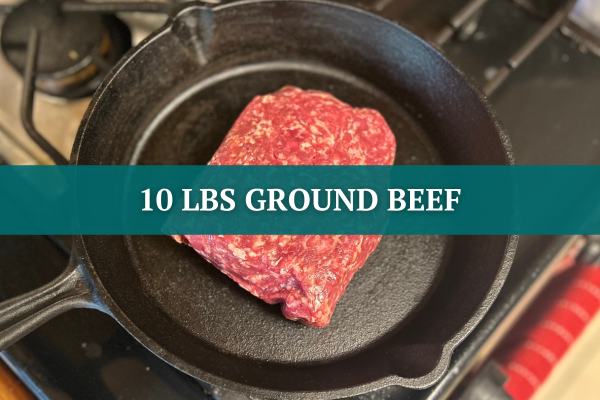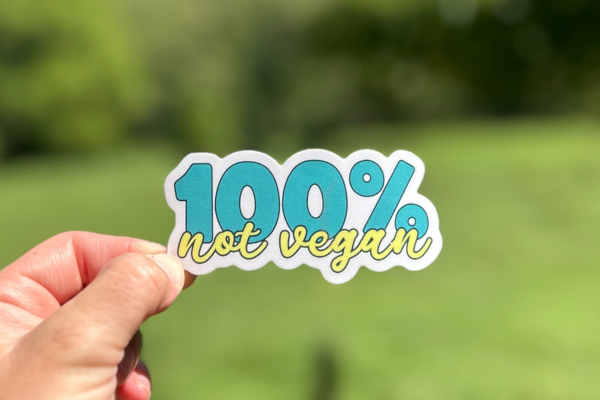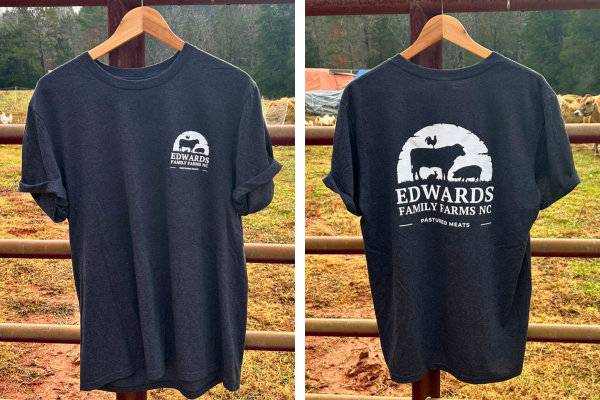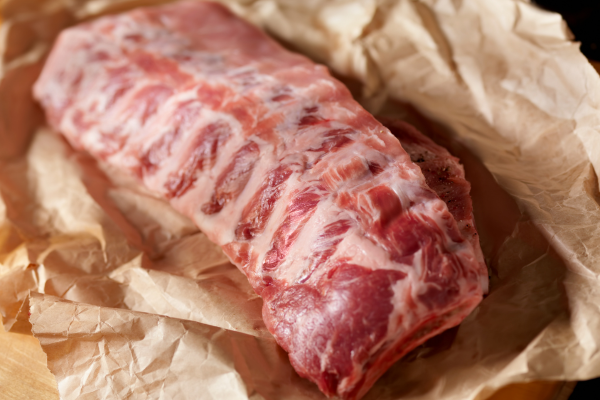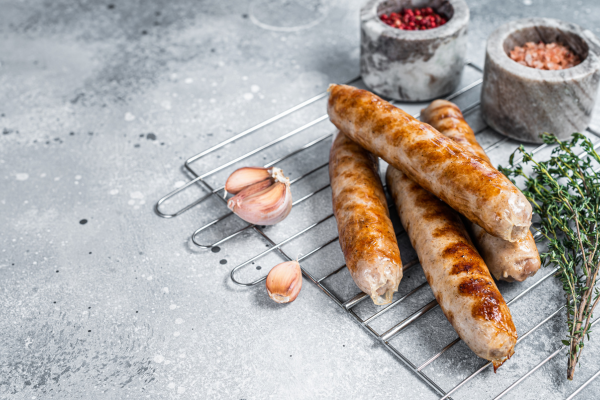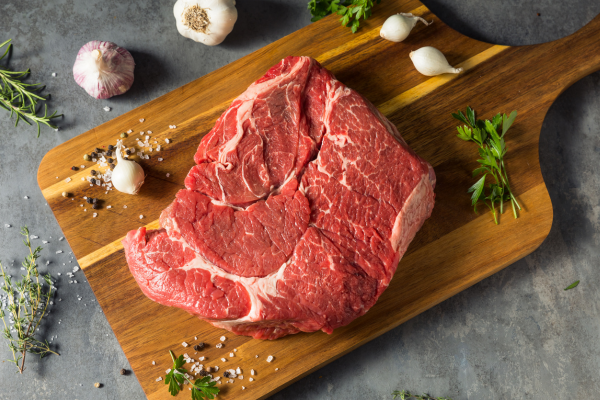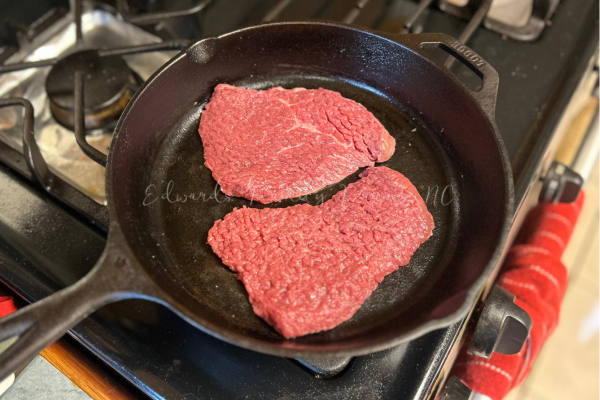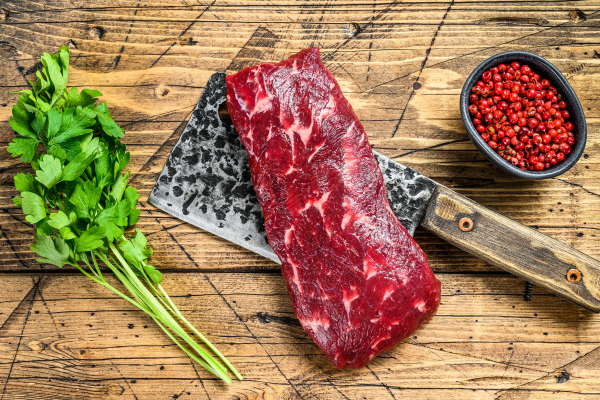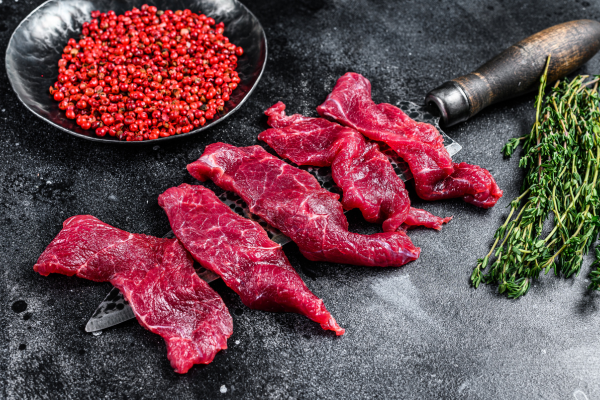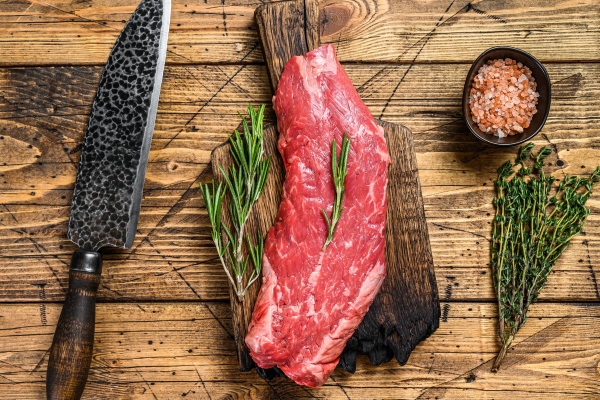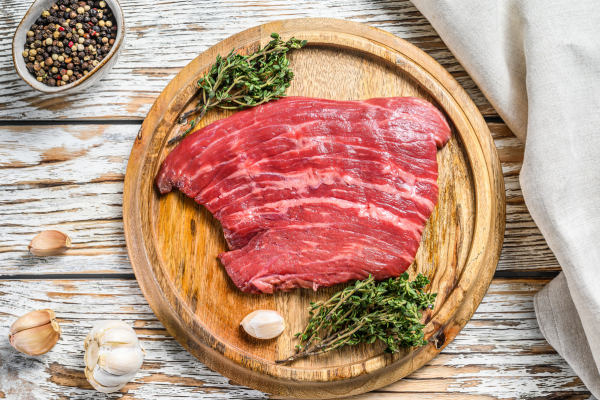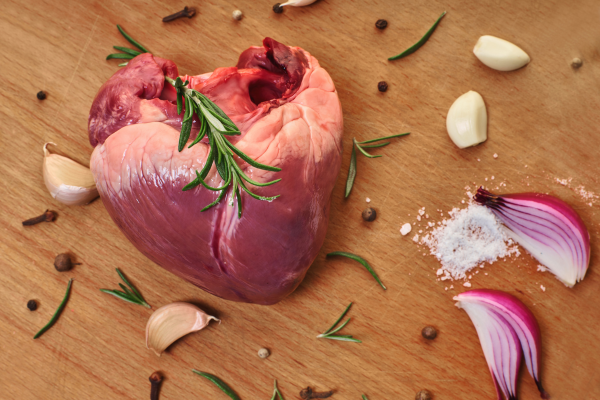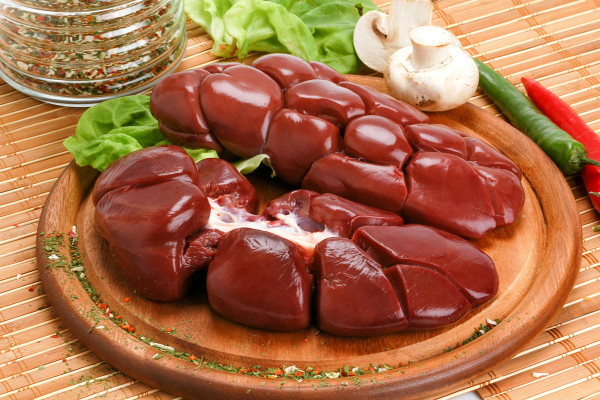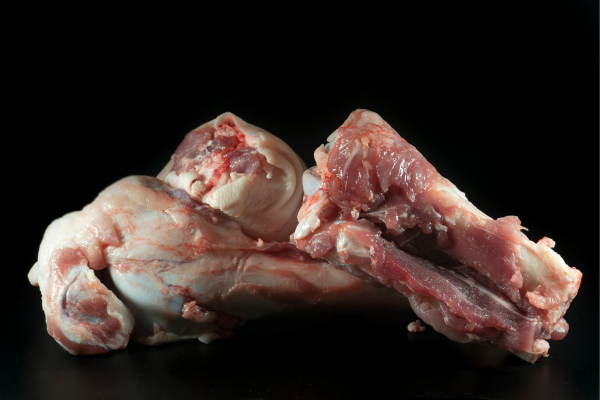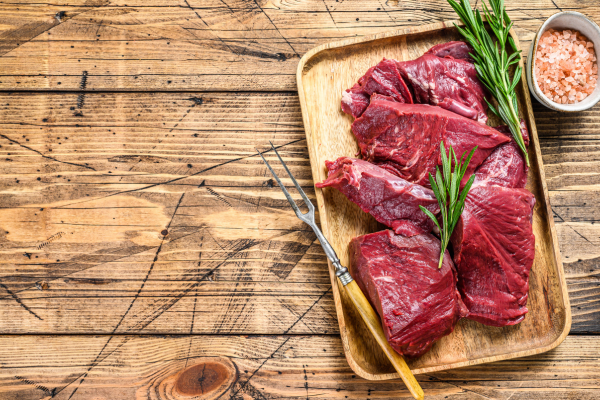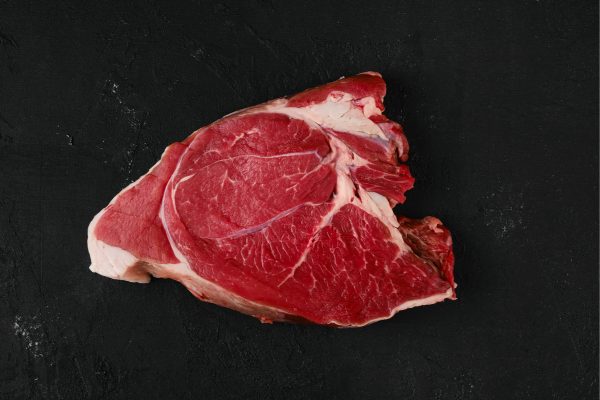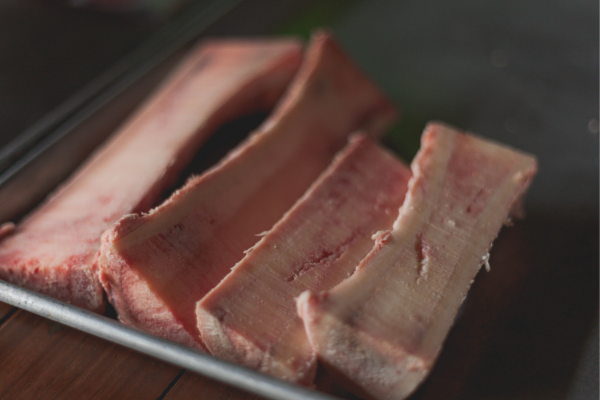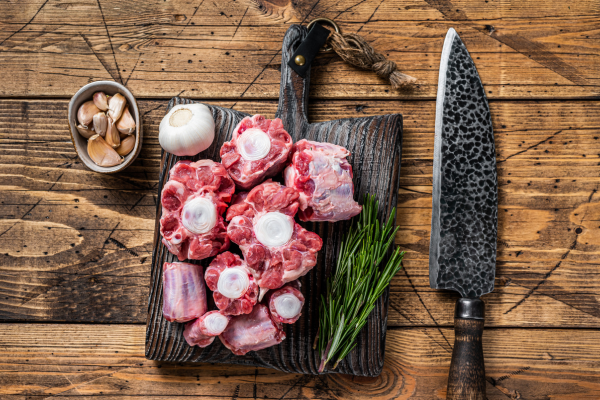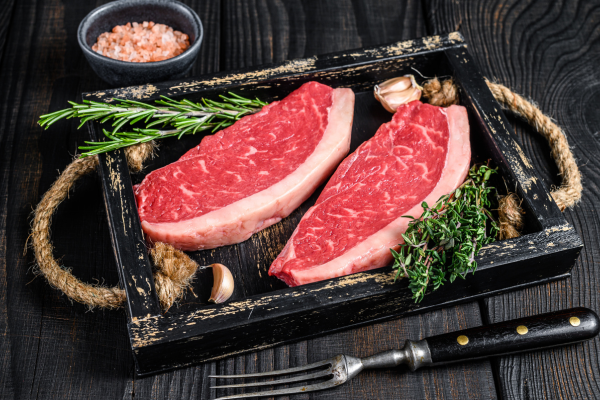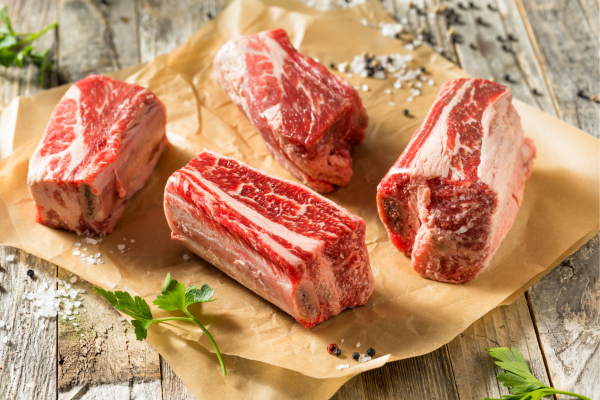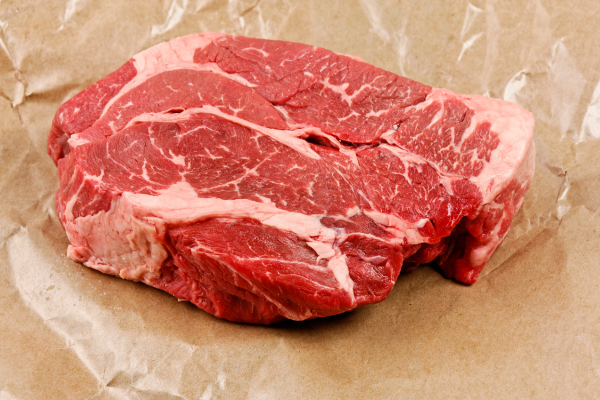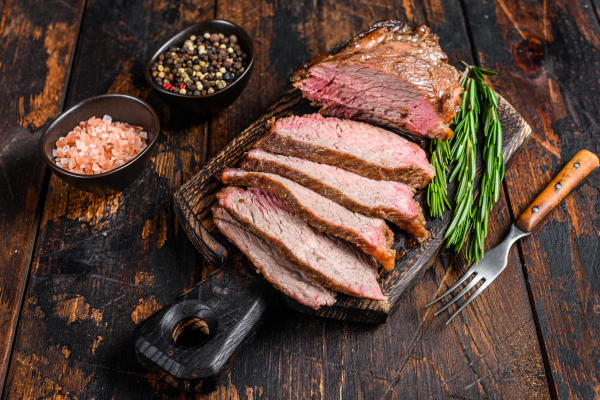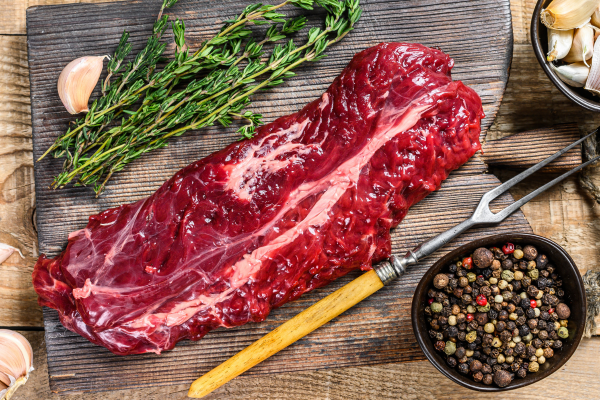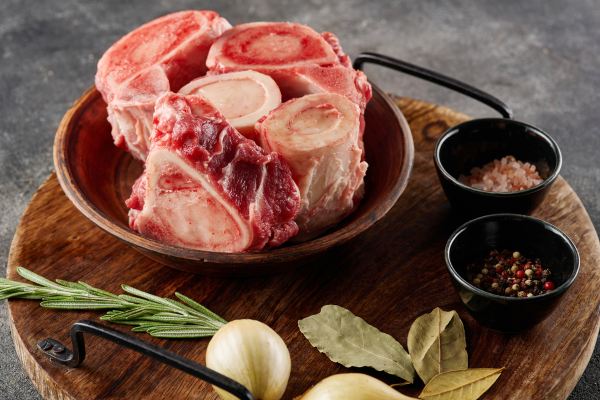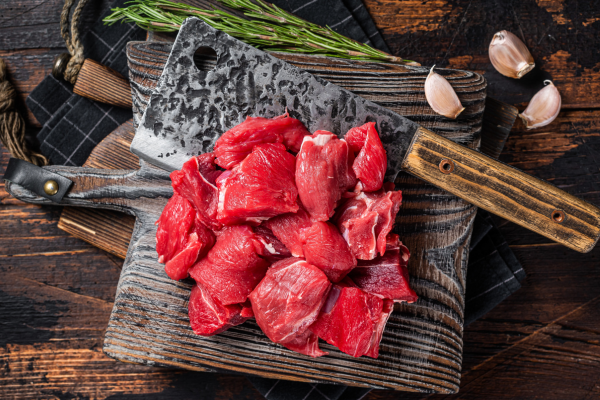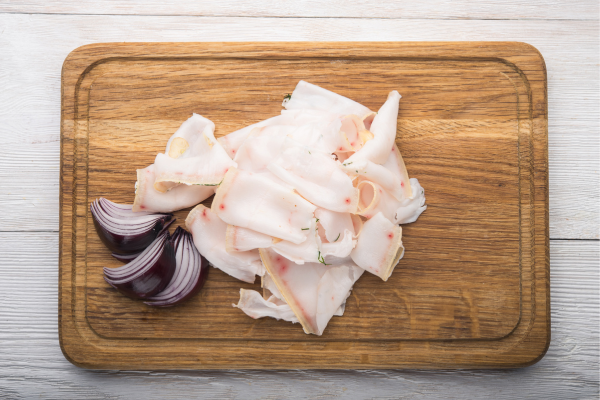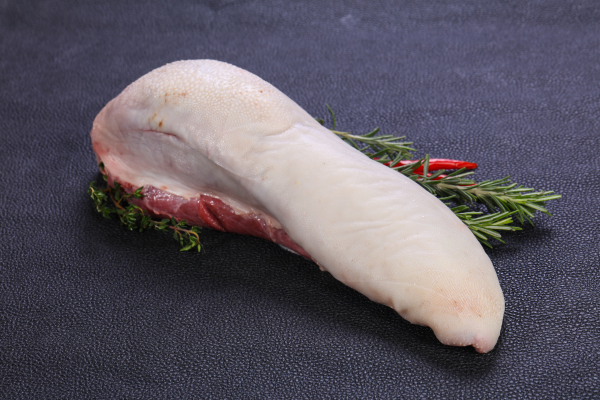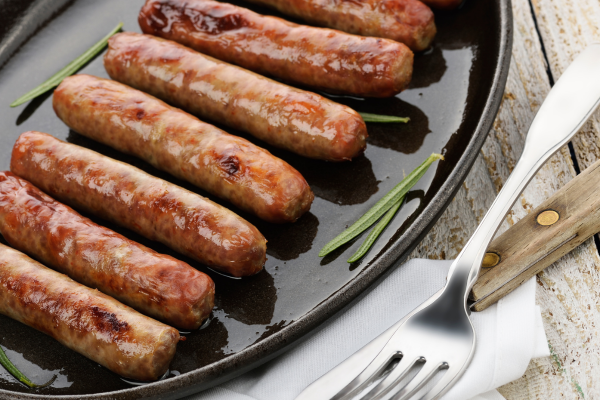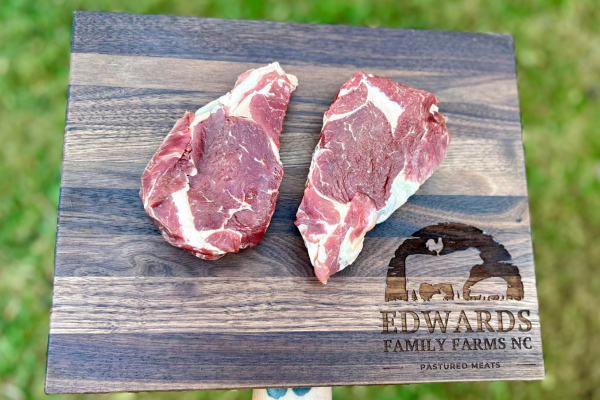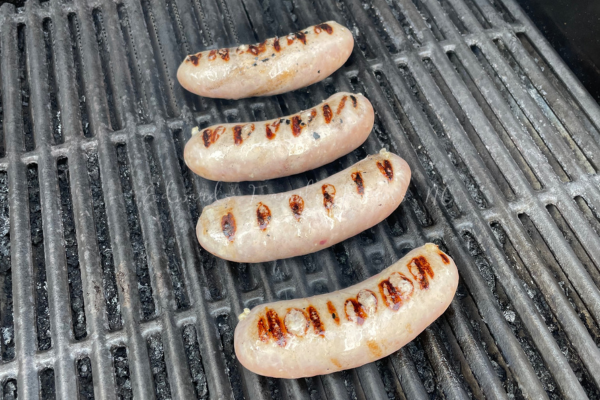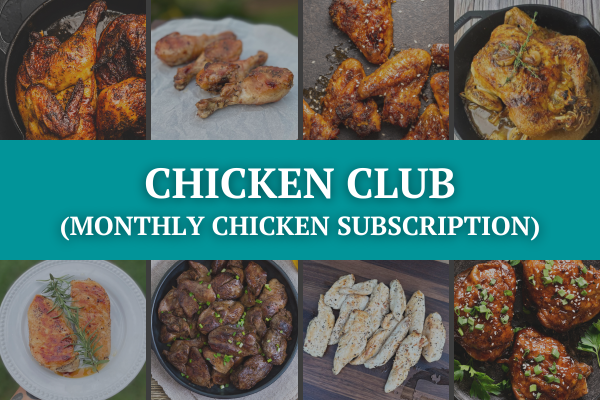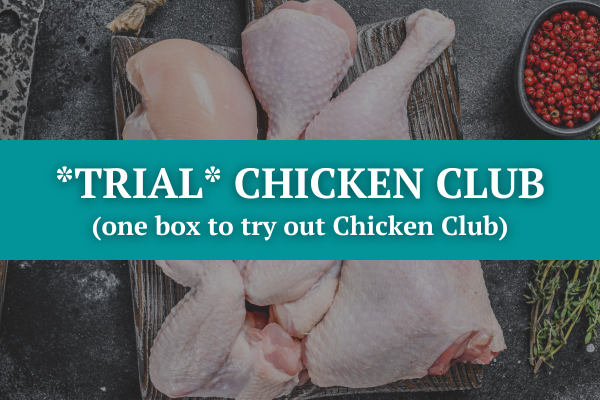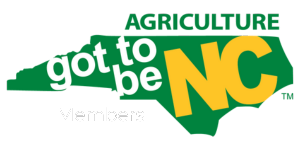Rotationally Grazed
What is Rotational Grazing?
This is when only one portion of our pasture is grazed at a time while the remainder of the pasture “rests.”
To accomplish this, our pastures are subdivided into smaller areas (paddocks) and our livestock are moved from one paddock to another.
Resting our grazed paddocks allows forage plants to recover and deepen their root systems.
Our rotational grazing practices also help to prevent erosion and agriculture runoff.
Why does this matter?
Left alone on a patch of land, animals like cattle and hogs can quickly destroy all signs of life, compacting the soil as they go.
However, if the animals are managed with rotational grazing, the soil sees big returns.
Grazing encourages plants to send out more and deeper roots.
Those roots are continually sloughed off to decompose in the ground, boosting soil biomass and fertility and sequestering carbon from the atmosphere.

- All
- On Sale
- pork share
- eggs
- boneless
- bone in
- bulk ordering
- whole share
- tenderloin
- sausage
- ham
- roast
- ribs
- uncured
- bacon
- shoulder
- fat
- lard
- liver
- feet
- misc cuts
- bones
- organ meat
- wings
- loin
- belly
- fryer
- breast
- chops
- leg
- whole
- chicken
- drumsticks
- links
- ground
- bulk
- dark meat
- bundle
- bratwurst
- events
- workshops
- processing
- bone broth
- offal
- skin on
- skinless
- classes
- subscription
- organ
- farm tour
- butchery
- meat birds
- tshirt
- breakfast links
- steaks
- boston butt
- sticker
- steak
- sliced
- sampler
- bag
- chuck
- skirt
- brisket
- strips
- ribeye
- stew
- marrow
- filet
- tallow
- salted
- tools
10 Drumsticks, Chicken
10 / pack
10 lbs Bulk Ground Beef
10 lbs, each in 1lb packages (10 packs)
100% Not Vegan Sticker
Proudly embrace your carnivore vibes
2XL EFF Short Sleeve Shirt
Soft & comfy
4 Drumsticks, Chicken
Choose 4 or 10 per pack
4 months upfront - Chicken Club
Monthly chicken subscription box begins May 2025
Baby Back Pork Ribs
weighs approx. 0.60 lbs each
Beef Bratwurst Links
4 dinner links / pack
Beef Chuck Roast
about 3.5 lbs
Beef Cube Steak
4 steaks / pack
Beef Denver Steaks
2 steaks / pack
Beef Fajita Strips
1 lb. packages
Beef Flank Steak, Whole
each steak weighs approx. 1 lb.
Beef Flat Iron Steak
2 steaks / pack
Beef Heart
Whole, weighs about 2 lbs
Beef Kidney
1 kidney / pack
Beef Knuckle Bones, Halved
each package weighs approx. 7 lbs
Beef Liver, Sliced
Each liver weighs approx. 4 lbs.
Beef London Broil (Top Round Roast)
1 roast / pack
Beef Marrow Bones, Canoe Cut
each package weighs approx. 2lbs
Beef Oxtail
Cut and weighs ~1.5 lbs
Beef Picanha Steaks
2 steaks / pack
Beef Short Ribs
4 ribs / pack (weighs approx. 1 lb.)
Beef Shoulder Roast
about 3 lbs / roast
Beef Sirloin Tip Roast
Each roast weighs about 3.5 lbs
Beef Skirt Steak
Whole & weighs about 3/4 lb
Beef Soup Bones
each package weighs approx. 10 lbs
Beef Stew Meat (Beef Cubes)
Each package is pre-cut and weighs ~1lb
Beef Tallow Fat (Not Rendered)
each package weighs about 2.5 lb
Beef Tongue
Whole, weighs about 1 lb
Blueberry Maple Breakfast Pork Sausage Links
8 links / package
Boneless Ribeye, Beef
2 steaks / pack
Boneless/Skinless Chicken Breasts
4 / pack
Boston Butt Pork Roast, Large
~8 lbs per roast
Bratwurst Links, Pork Sausage
4 / pack
Chicken Club - Monthly
Monthly chicken subscription box begins May 2025
Chicken Club Trial (Begins May 2025)
Try out a Chicken Club box before committing!
Chicken Eggs
The hottest commodity on the farm!
Chicken Skin
1 lb. / pack
- Prev
- Next


